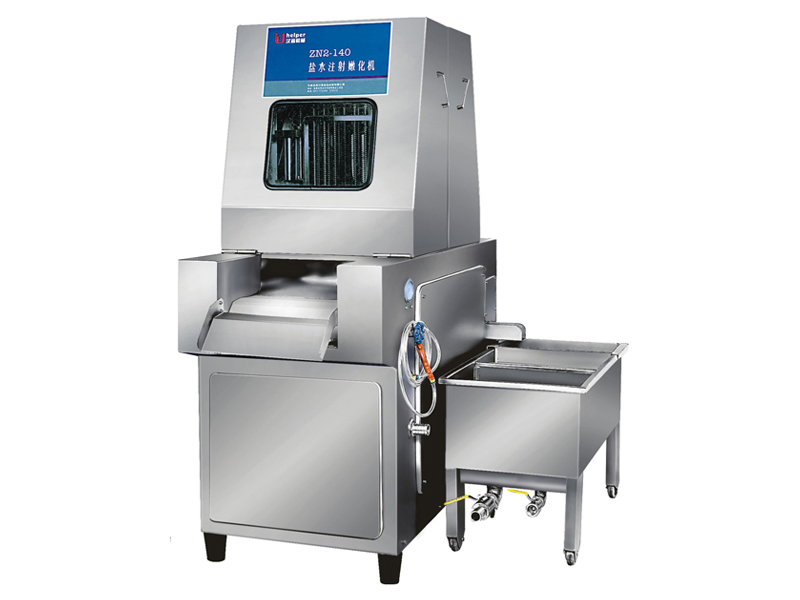10 years of experience as a food machinery equipment manufacturer
10 years of experience as a food machinery equipment manufacturer
Saline Injection Machines: An Overview of Pricing and Factors Influencing Cost

Saline injection machines are critical pieces of equipment in the food processing industry, particularly for meat and poultry producers. These machines enhance product quality, improve flavor, and extend shelf life by injecting brine solutions into various cuts of meat. Understanding the factors that influence the price of saline injection machines is essential for businesses looking to invest in this technology.
Several variables contribute to the overall cost of a saline injection machine. These include:
The price of a saline injection machine can vary considerably based on the specifications and features. Generally, smaller, manual or semi-automatic machines can range from $5,000 to $20,000. Mid-range machines, offering increased automation and capacity, may cost between $20,000 and $50,000. Large-scale, fully automated systems can easily exceed $50,000, and in some cases, reach $100,000 or more.
While the initial investment in a saline injection machine can be significant, businesses must consider the potential return on investment. Improved product quality, reduced waste, increased yield, and enhanced shelf life can lead to substantial cost savings and revenue generation over time. The ROI will depend on factors such as production volume, product type, and market demand.
In addition to the purchase price, it is important to factor in ongoing maintenance and operating costs. These include:
Proper maintenance and regular inspections can help minimize downtime and extend the machine’s lifespan.
Selecting the appropriate saline injection machine requires a thorough assessment of the business’s specific needs and requirements. Factors to consider include:
Consulting with reputable suppliers and requesting demonstrations can help businesses make informed decisions.
The price of a saline injection machine is influenced by a multitude of factors, including capacity, automation level, materials, and manufacturer reputation. While the initial cost can be substantial, the potential benefits of improved product quality, increased yield, and extended shelf life can provide a significant return on investment. By carefully evaluating their needs and considering the various factors that affect price, businesses can select the saline injection machine that best meets their requirements and budget.
